The Hyperloop transportation system may seem high tech and futuristic but the idea behind it is simple enough. A high-speed train of some sort, like the magnetic levitation (maglev) trains in Japan for example, is placed inside a tube with most of the air removed. With 99% of the air gone from the tube the high-speed train will encounter virtually no air resistance allowing it to travel even faster and with greater energy efficiency.
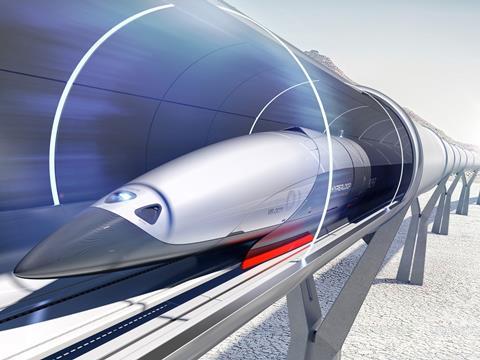
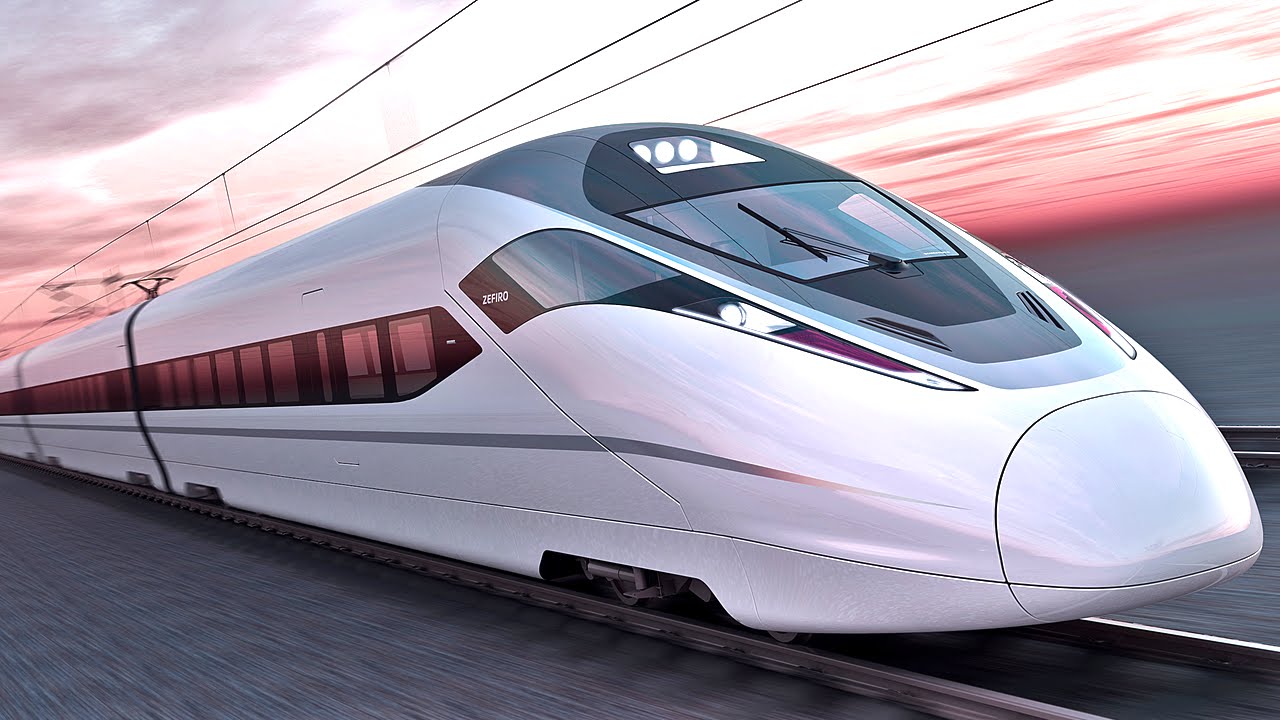
The basic idea of railroad trains running through evacuated tubes has been around for nearly a hundred years now but the technical difficulties were so great that nobody gave it much thought. At least not until Elon Musk, of Tesla electric cars and Space X first began taking about it in 2012, and at the same time giving it the name by which it’s now known, the Hyperloop. Musk himself hopes that one day the Hyperloop will achieve speeds even greater than those of airplanes, supersonic or even hypersonic and he has also described the Hyperloop as a ‘cross between a Concord and a railgun and an air hockey table”.
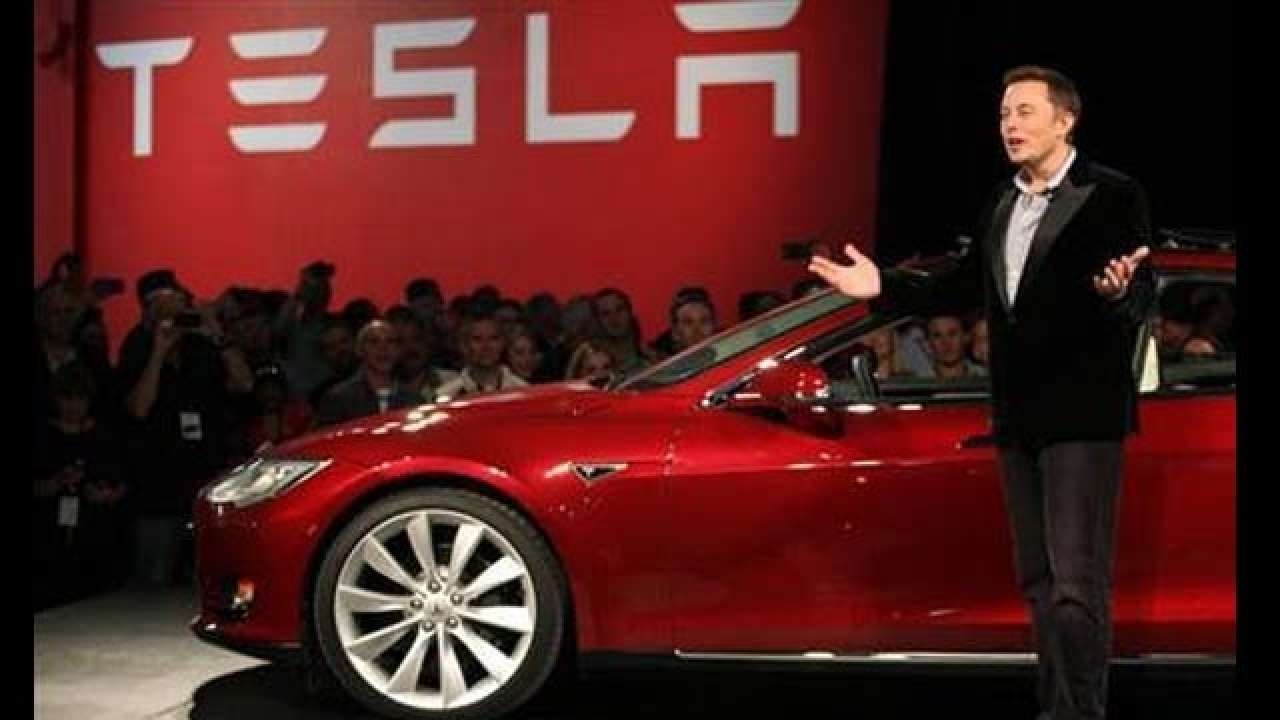
In his effort to develop the Hyperloop Musk has taken advantage of the engineering skills of both Tesla and Space X corporations. So far the collaboration has resulted in the building of a 1.6 km (1 Mile) long tube to be used as a test track for validating various designs. Musk has even opened Hyperloop development up for competition from other engineering firms along with University engineering teams in order to help speed up progress. In Musk’s Current Alpha Hyperloop design the passenger carrying pod glides above its tracks lifted by air bearings and is propelled down the tube by a linear electric motor.
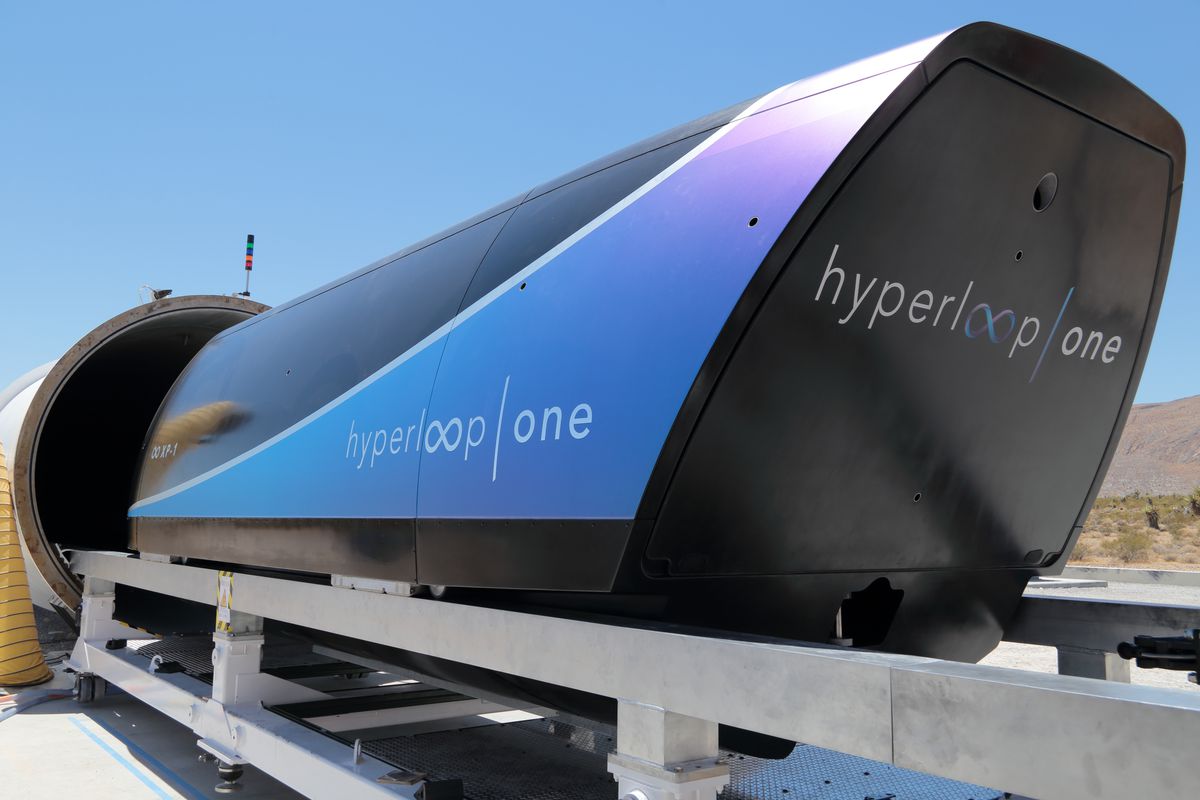
Musk’s goal is to develop the technology to the point where construction of a line to provide passenger service between San Francisco and Los Angeles can begin. Such a Hyperloop line could cut surface travel time between the two cities from its current 12 hours to less than one hour. Then, once the technology has proven itself the plan would be to extend Hyperloop service throughout the country providing a low cost, more energy efficient alternative to air travel.
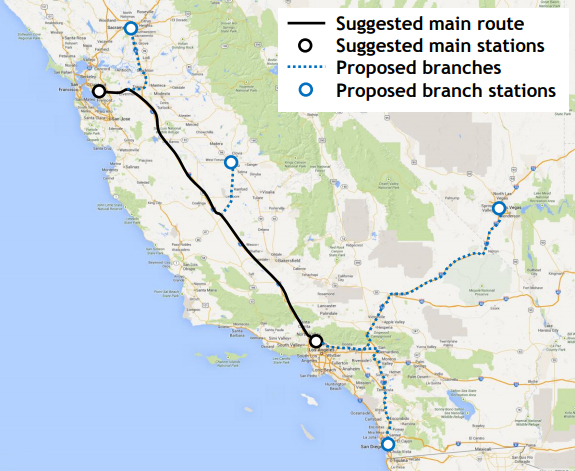
With all of that effort by Elon Musk and his companies it was something of a shock therefore when the first manned test of a Hyperloop vehicle was performed by a competitor, Richard Branson’s Virgin Hyperloop Corporation. On the eighth of November two executives of Virgin, co-founder Josh Giegel along with Director of Passenger Experience Sara Luchian, took their seats inside a new pod design from the engineering firms Bjarke Ingels Group and Kilo Design. Employing maglev technology the pod was accelerated to a velocity of 172 KPH in a little under 6 seconds. At that speed the pod raced down Virgin’s 500 meter test track without any problem. If you’d like to see a short video of the test click on the following link to be taken to a YouTube video. https://www.youtube.com/watch?v=_w2lo5h3D5E
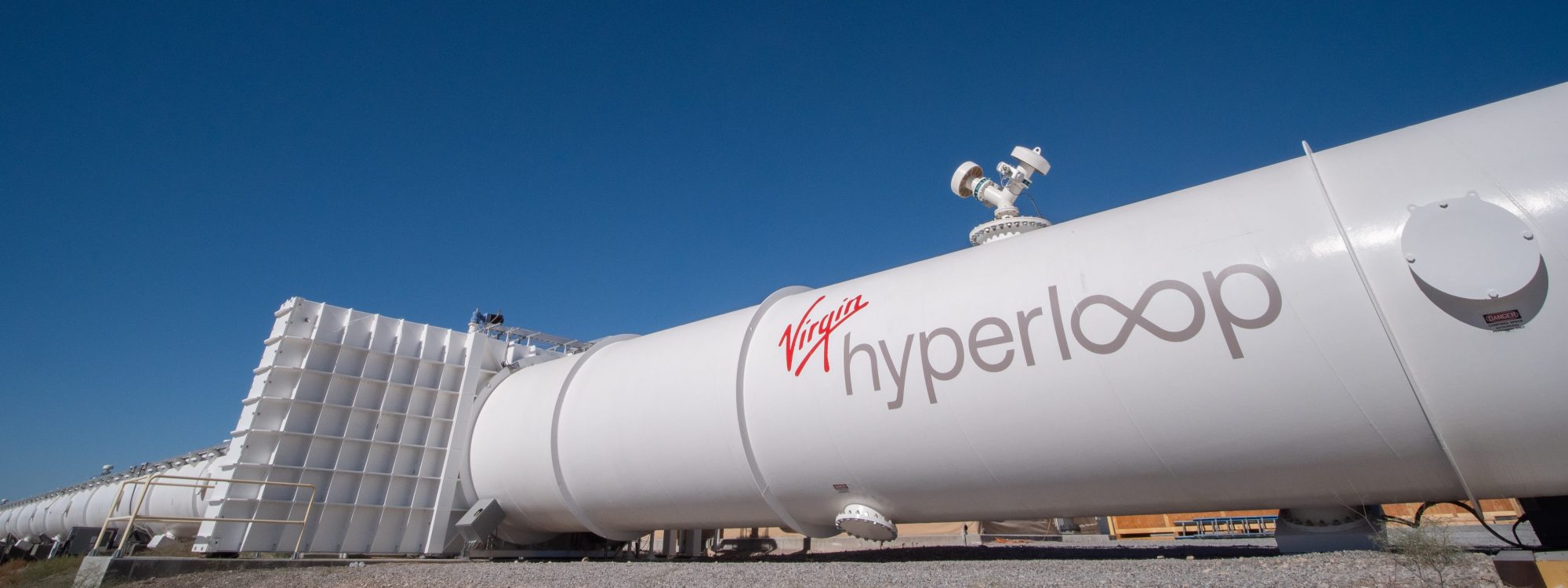
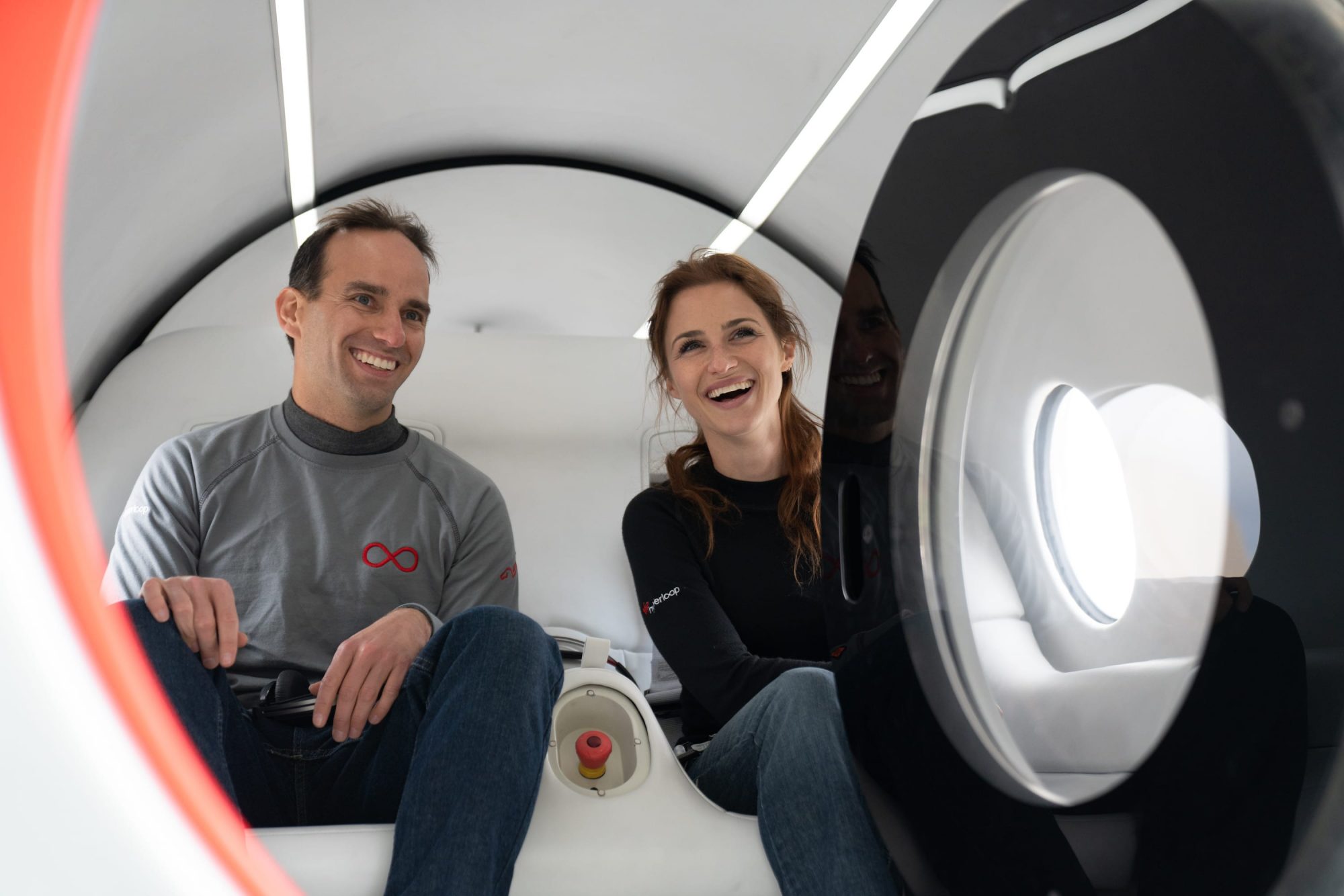
So how soon can we expect construction to begin, how soon will we be able to ride the Hyperloop? Well you better be patient, there are a lot of technical problems to overcome. Chief among these is probably just the difficulty in maintaining a near vacuum inside a nearly thousand kilometer long tube, especially in earthquake prone California.

To my mind however the biggest challenge facing the Hyperloop is going to be legal, not technical. You see I’ve driven from San Francisco to LA several times and there are few areas on Earth as densely populated, or as commercially valuable. The idea of trying to buy the land, or at least obtain right of way, over a line straight through the heart of California is hard to imagine. Oh I suppose you could plan your route so as to go around San Jose, Salinas, San Luis Obispo, Oxnard and Santa Monica but remember every curve you put into your course adds cost and time.
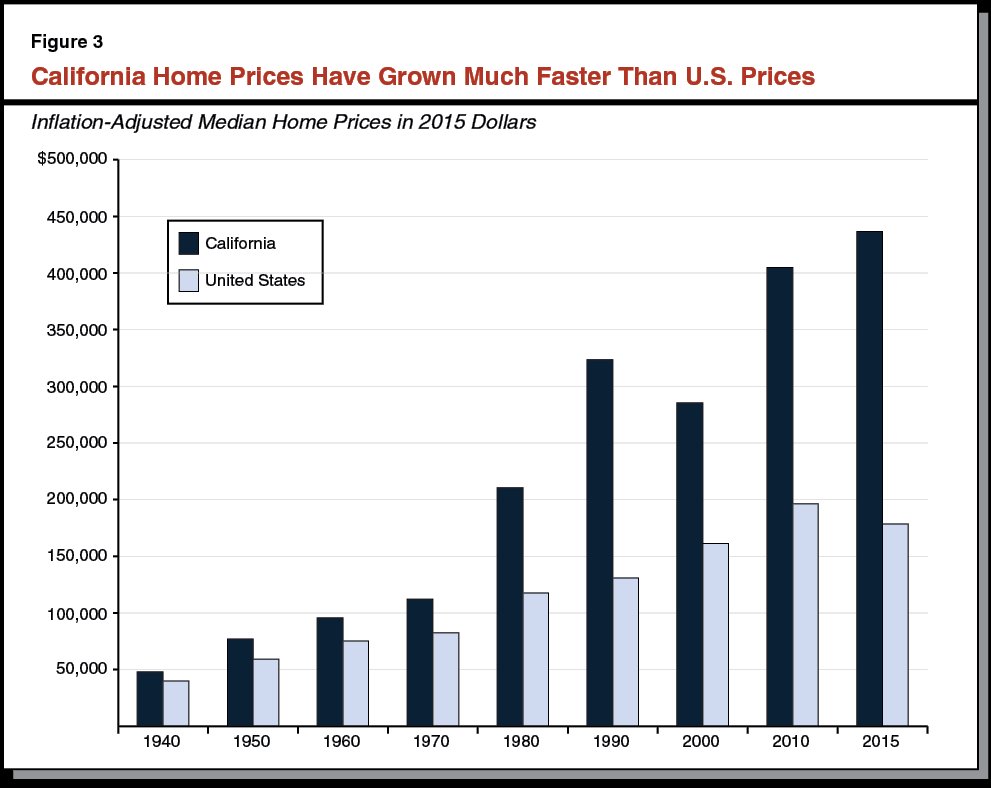
I wouldn’t be surprised if the first Hyperloop isn’t built in some less populated, but fast growing region such as Phoenix Arizona to Albuquerque New Mexico, with a later extension to Fort Worth Texas. Such a route would allow the Hyperloop to be constructed at a lower cost, with far fewer lawyers getting involved. Then once the system is up and running it could prove its value, increasing both the economic and political will to replace our out of date and decaying rail systems with a brand new, state of the art transportation system.
